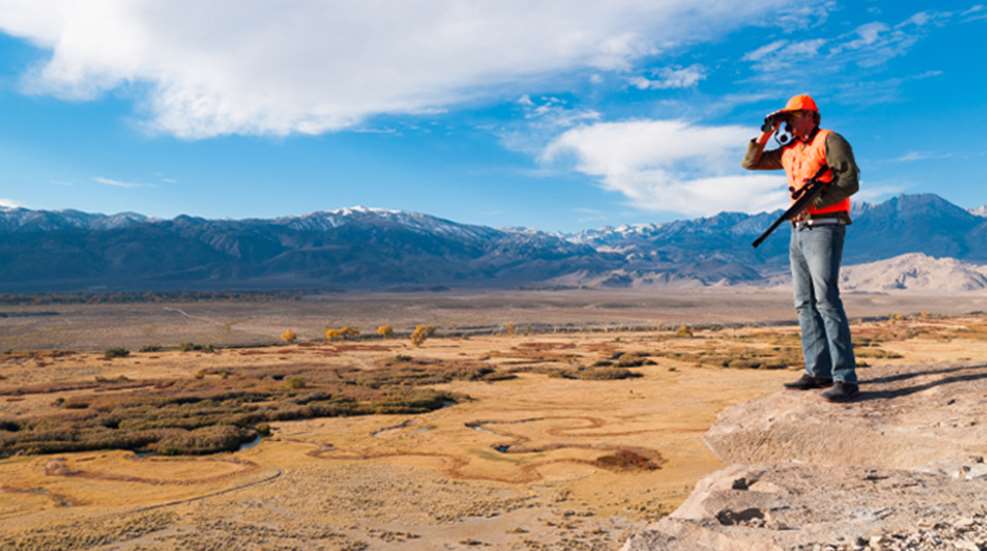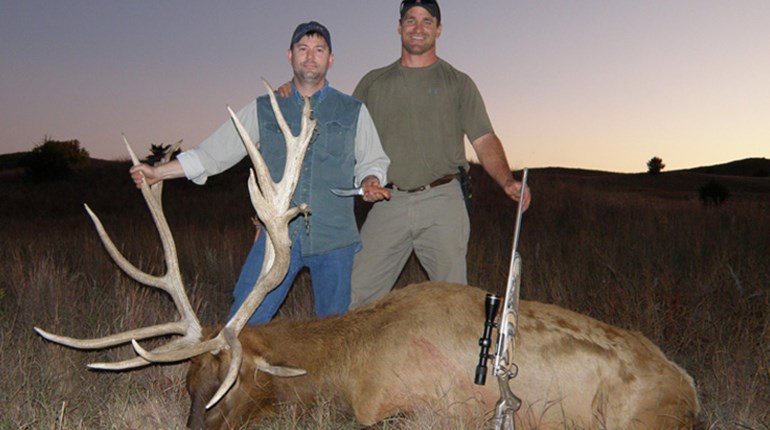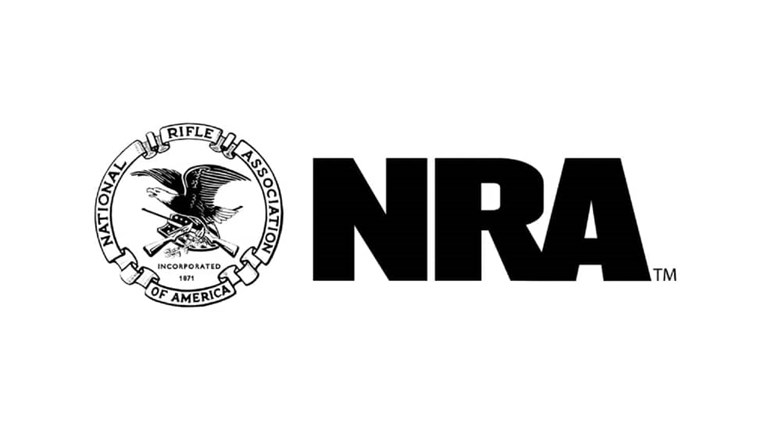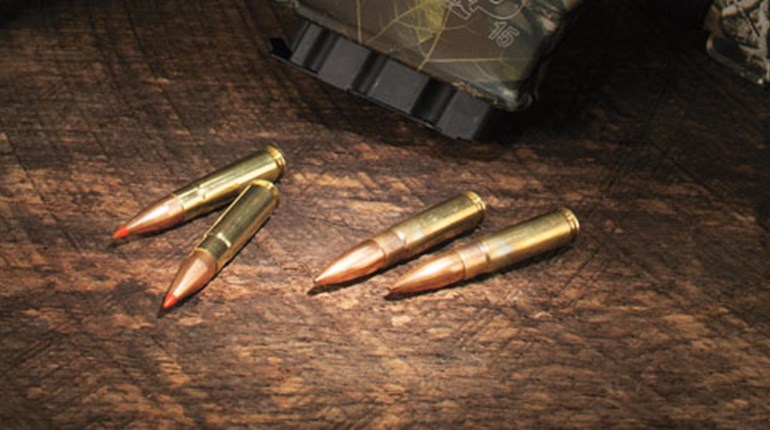
You put in the time talking to landowners to find the perfect spot and get permission to hunt. You installed trail cams and studied pictures for weeks to help establish patterns. You made sure you had all the right gear, and spent time and ammunition on the range getting ready for one moment. That moment just happened. The adrenaline is pumping, your heart is racing, your breathing is heavy and excitement and emotion have overcome you. But the animal you just hit with a perfect shot has run off. Now what?
For the purpose of this discussion, let’s say the animal you are hunting is a deer, and that there is no one else along on this hunt. Odds are you didn’t see how the animal reacted to the shot as it is difficult to see impact, especially if you are shooting a high-powered rifle with an optical sight. This means you’re going to have to track it.
Tracking is an often-overlooked element of hunting, but being able to track game that has been shot is an absolutely critical skill for all hunters. It can be a very difficult skill to master because of the situation in which it takes place—often under duress. There is a great deal of psychology involved with tracking. We are conditioned to immediate feedback when we are target shooting; we can instantly see and hear when we’ve struck home. When hunting game, unless the animal drops in its tracks, there is no way to tell exactly where the bullet struck. We condition ourselves in practice to find out where our bullet or arrow struck as soon as possible. When tracking, this is often the exact opposite of what should be done.
Why? The first thing we need to understand when hunting is that we are harvesting an animal that has no intention of being harvested. When we are harvesting game, there is only one way to turn it into food: We must stop the flow of oxygenated blood to the brain, or destroy the central nervous system. The quickest way to harvest an animal is to destroy the central nervous system—or brain. The problem is that head shots are very, very difficult, as the target is about the size of a tennis ball, and it moves a lot. The heart and lung area is a much easier target, as it is roughly the size of a volleyball. A well-placed shot here will dispatch the animal in a matter of seconds, but it’s remarkable just how far a deer can travel in those seconds.
You see, the deer that you just shot has no concept of what being “shot” is. It heard a loud noise and something jumped up and “bit” it. Our deer is going to go into “flight” mode, as it is a prey animal (predatory animals can go into “fight” mode, but that is another discussion). Our deer in “flight” mode will run rapidly until it feels it is out of danger, or until it runs out of oxygen. If we do what we have trained ourselves to do while target shooting and instantly go look where the target was, there is a good chance that, if our deer is still alive, he will see us coming. He will once again go into “flight” mode and get further away.
As the hunter, you must maintain control of the situation. This means controlling your emotions and desire to see where the bullet went, which we have conditioned ourselves to do in practice. Instead of doing what you want to do most right now, the best thing to do is sit and gather yourself. Look at your watch or your phone and burn the time into your short-term memory. Replay the shot in your head over and over. As you replay it, details will come back to you: how the deer was standing, where the crosshair was when the shot broke, if the deer took a step if the shot broke. All of these details can give you very valuable clues as you begin to track the deer. Sit for 15 minutes, minimum. Give both the deer and yourself time. Don’t let the onset of darkness rush you into tracking too soon, because bumping a wounded deer in the dark will exacerbate an already troubled situation. You are much better off giving the deer time to expire, then doing your tracking in the dark. (You have a flashlight in your pack, right?) Now it’s time to go to the place where the deer was when you shot.
The first thing to look for is the deer’s tracks. You are looking for a disturbance in the dirt or leaves and branches on the ground. This is a good indication of where the deer was at the point of impact. Once you’ve found the tracks, look for a tuft of fur. When a bullet or arrow strikes a deer, some fur will be cut and fall. This is your first indication of a hit. Mark the spot where you found the hair. Once you’ve found that, you can start looking for blood.
Many times the blood trail won’t start for a distance, anywhere from a few feet to a few yards, but it will be there—the fur you found is proof of that. Follow the tracks and keep your eyes peeled for blood. Blood trails can look different. The trail that you are looking for on a cardiovascular shot should be bright red, almost foamy-looking. This is oxygenated blood, and it is a sure sign of a heart/lung shot. That means the animal should expire within seconds. That may not sound like a very long time, but a whitetail deer can cover a quarter of a mile in 30 seconds. If you are in the trees, in the dark, 100 yards will feel a like a lot further than it really is. (If the blood you find is dark-colored and not bright red, be ready for a little longer tracking experience.) From here it is fairly straightforward; just follow the blood. If you lose the blood trail, backtrack and mark the last spot you found blood. Walk circles around that spot until you cut the trail again, and keep going. There should be a set of backstraps waiting not too far away.
When it comes to tracking, there is no substitute for experience, but there is only one way to gain experience…by doing. Remember to maintain control of the situation. If you are in doubt, wait, even if your instinct says to push ahead. When it comes to tracking, time is on your side.





































